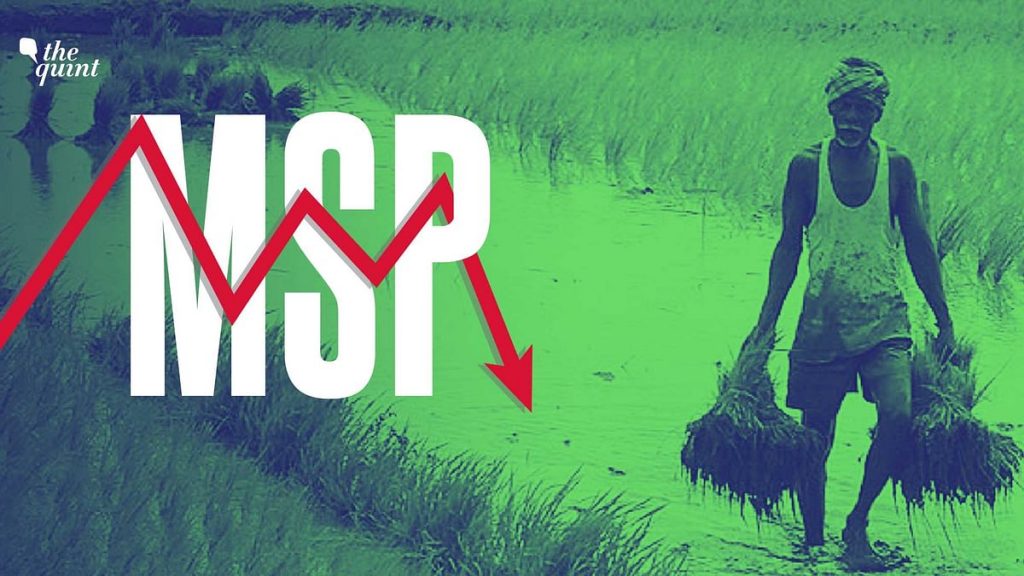The 2015 Shanta Kumar Committee found that only around 6 percent of farmers actually sell their crops at MSP rates. This is because procurement at MSP by the government does not happen in a uniform manner, and, because it is the same across India, doesn’t necessarily benefit all farmers.
For instance, the C2 of paddy increased by 11.2 percent in Bihar from 2004-05 to 2014-15 and 11.9 percent in West Bengal, while the MSP – based on a weighted average of C2 across the country – rose by 10.6 percent in the same period (according to the Hindustan Times).
Government procurement under MSP is only done in a large way for wheat and rice, given their importance for the PDS system. The National Food Security Act 2013 creates an obligation on the government to ensure the PDS system provides grain at a subsidized rate, hence this demand.
This also explains why the protests against the Farm…
